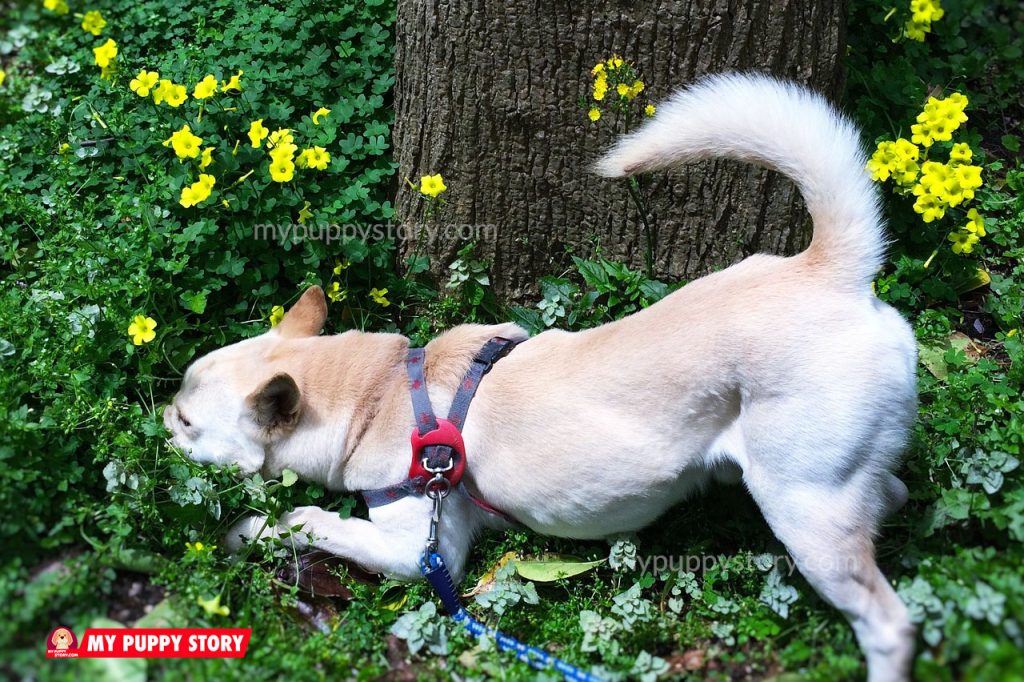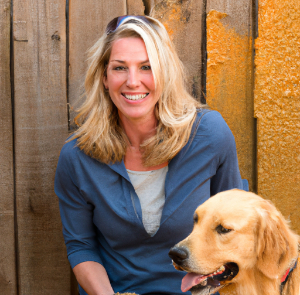
After three months old, a puppy is ready to brave the big wide world. However, getting him to walk well on a lead can be problematic.
All young dogs are inquisitive by nature, and want to explore. This can make lead training difficult, as the puppy wants to be everywhere but by the owner when they go for a walk. The sights, sounds and smells of new places can be irresistible to a puppy, and it is important to catch poor lead behaviour very early on before it develops in to something more difficult to control.
The Pulling Game
Many dogs don’t go through an adequate socialisation or lead training programme when they are young. This leads to pulling, biting and snapping when other dogs come in to view. The dog makes a harsh rasping noise as he tries to pull away from the lead, making walking an exhaustive process for the owner.
A well-trained dog can be a pleasure to walk, but a poorly-trained one can be frustrating.
The First Principles of Lead Training
Firstly, a dog needs to be well socialised. This means that he is used to other dogs and responds well to them. This is why it is very important to introduce the dog to as many others of his species as possible as soon as he has had his inoculations against disease. Going to socialisation classes early on is invaluable, or even just taking the dog to the park and letting him romp with others, or introducing him to friends and family who have dogs too, so he can get used to being around all manner of breeds and temperaments.
Starting Lead Training
As soon as the pup is ready to go out, use the lead as part of toilet training. Pop him on it when he goes in to the garden and walk with him as he has a good explore. Encourage him to go where he likes on the lead, letting him get accustomed to it and praising him for good behaviours.
Reward with treats or puppy biscuits if he comes back to you, even on a lead, and wears the lead without chafing at it or jumping about. Gradually, the puppy will understand that the lead is a positive thing that lets him go out, rather than something that will tether or restrict him.
Continuing Lead Training in the Outside World
When your pup is comfortable with the lead, it is time to go on the first walk together. Get lots of treats and set out when the puppy is feeling confident. The best possible beginning is to take another dog along too, as the puppy will focus on the dog rather than pulling.
If having another dog along on the walk is not possible, take the following steps to achieve a perfect walk:
If the puppy does well, reward him with lots of love and affection. A walk that goes well the very first time should be the best possible experience for owner and puppy, and this can be repeated again and again with positive reinforcement for a happy and relaxed future together.
